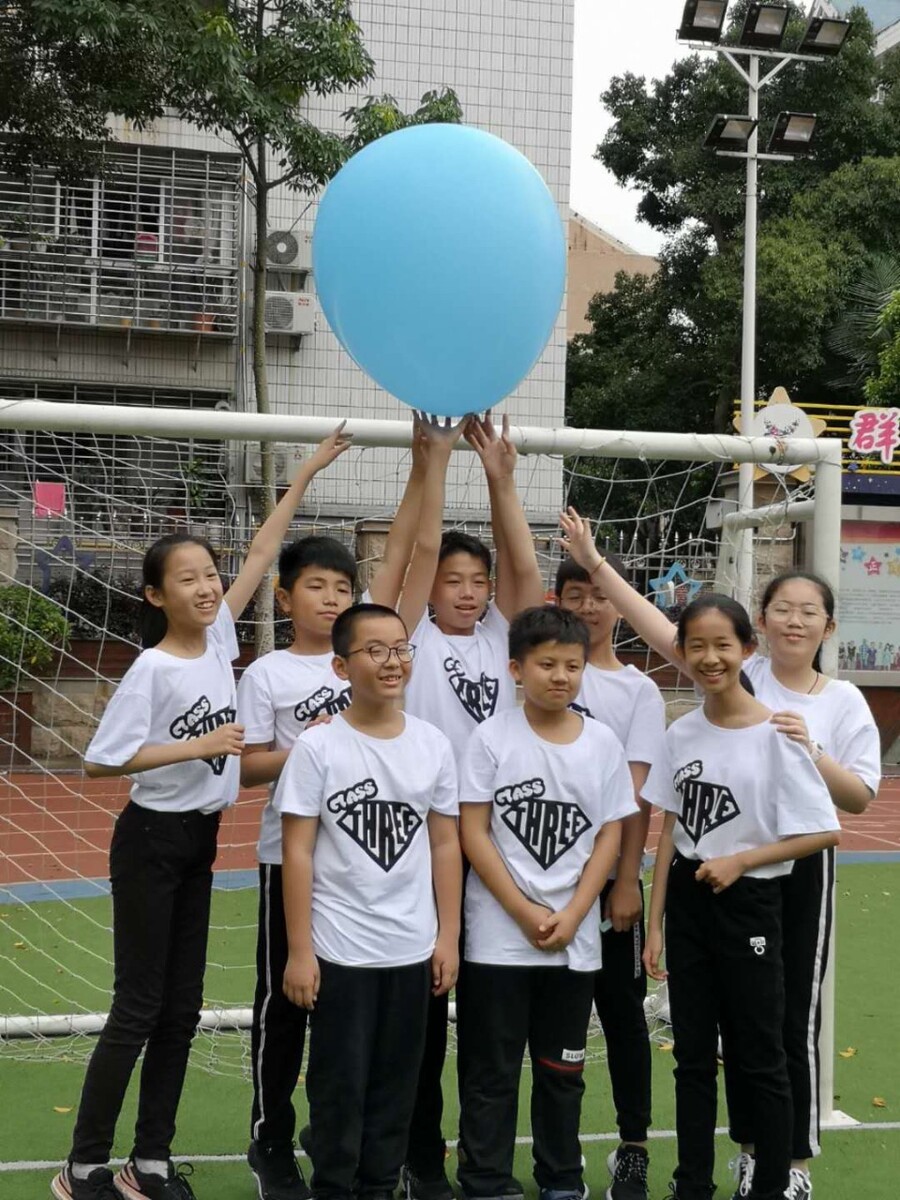本文目录一览
- 1,人教版八年级的英语教案
- 2,八年级英语教案设计
- 3,八年级下册新目标英语教案
- 4,初中英语教学设计整体设计思路指导依据说明怎么写
- 5,人教版八年级英语下册教案
- 6,教案学情分析怎么写 八年级英语
- 7,急需八年级下英语新目标第三单元教案
1,人教版八年级的英语教案

2,八年级英语教案设计

3,八年级下册新目标英语教案

4,初中英语教学设计整体设计思路指导依据说明怎么写
5,人教版八年级英语下册教案
6,教案学情分析怎么写 八年级英语
7,急需八年级下英语新目标第三单元教案
文章TAG:八年 八年级 年级 英语 八年级英语教学设计模板














